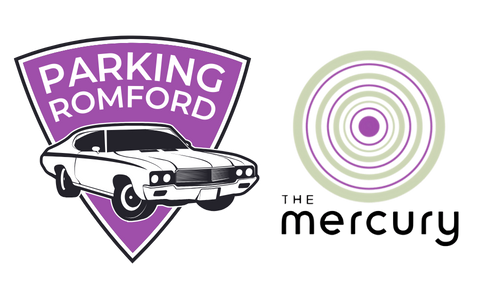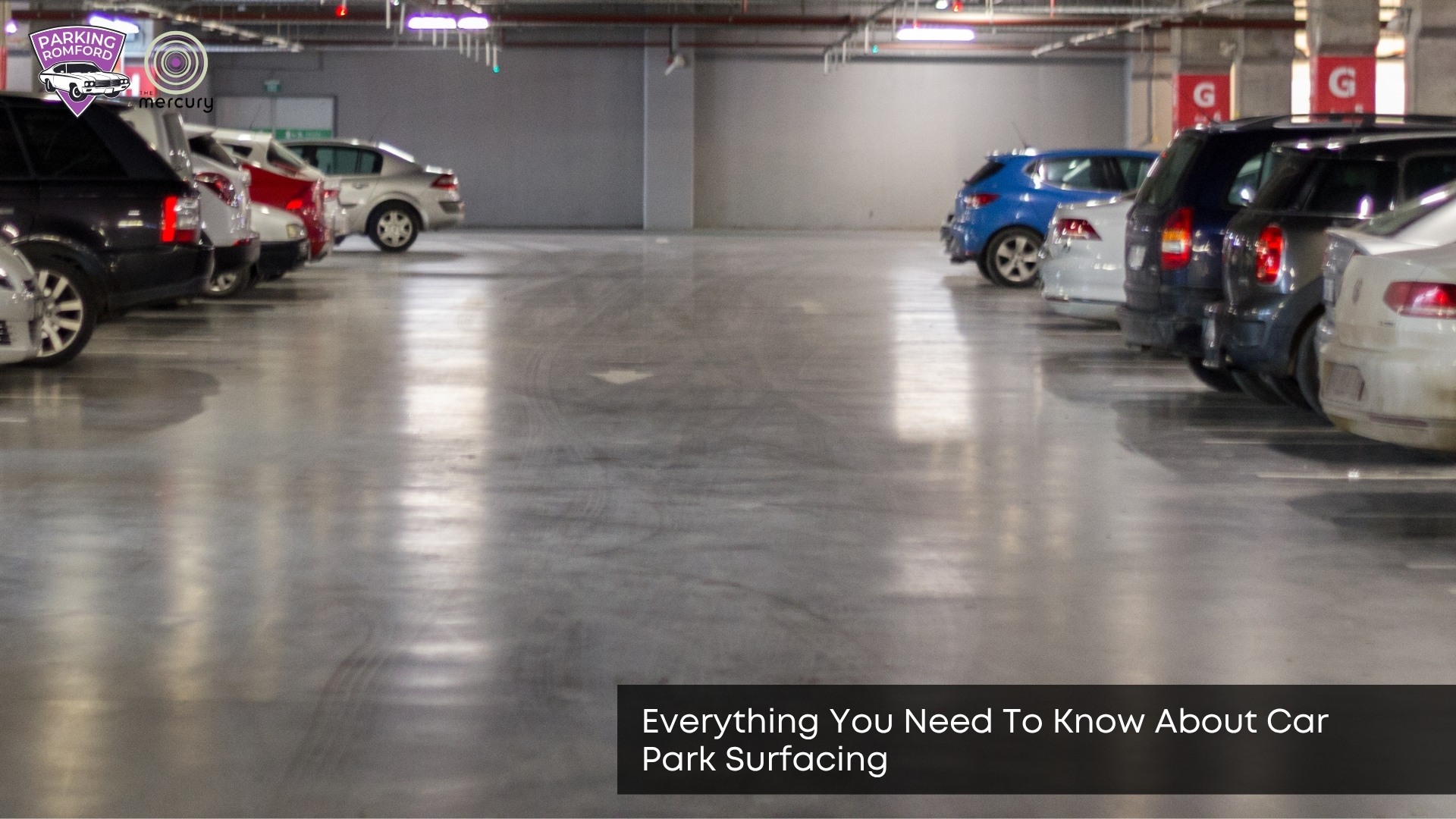Car park surfacing might not be the most exciting topic. Still, it’s one every property owner or manager needs to understand. The right surface makes your parking area safer, more durable, and easier to use. Whether you’re building a new car park or upgrading an existing one, your choice of material significantly impacts cost, drainage, and daily performance. From tarmac to resin, every option comes with its pros and cons. In this guide, we’ll explain car park surfacing in simple terms so you can make a smart and confident choice.
What Is Car Park Surfacing and Why Is It Important?
Car park surfacing is the process of laying a finished surface that supports vehicles, protects the ground, and provides a smooth, durable space for parking. A well-maintained car park enhances safety, reduces wear and tear, and provides visitors with a more enjoyable experience. It also prevents potholes, flooding, and surface erosion over time. Whether you’re resurfacing an old lot or building a new one, getting it right matters. That’s why it’s worth understanding your material options first.
What Types of Surfacing Materials Can You Choose From?
The most common car park surfacing materials are tarmac, asphalt, concrete, gravel, resin-bound, and permeable paving. Tarmac and asphalt are strong and long-lasting, while resin offers a cleaner finish and good drainage. Concrete suits heavy-duty needs, while gravel is suitable for lower-budget or rural spaces. Each one performs differently depending on traffic, budget, and weather conditions. Knowing their pros and cons helps you make informed choices.
What Are the Pros and Cons of Each Material?
Asphalt is quick to lay and flexible under pressure, but it may crack with age. Tarmac is reliable and budget-friendly, but it can fade over time. Resin looks modern and drains well, though it costs more. Concrete is strong and low-maintenance, but less forgiving when it comes to movement. Gravel is inexpensive and easy to install, but it requires regular topping up. These details guide you when matching the surface to the location.
How Do You Choose the Right Surface for Your Car Park?
You choose the right surface by considering factors such as expected traffic, weather conditions, maintenance needs, and budget. A retail park may require a durable material, such as concrete. At the same time, a private driveway might be suitable with resin or gravel. If the area floods often, permeable materials are better. Choosing the right option begins with preparing the ground.
What Ground Preparation Is Needed Before Surfacing?
Before surfacing, the ground must be cleared, levelled, compacted, and often fitted with a sub-base, such as crushed stone. Drainage systems are installed at this stage to prevent water pooling. Skipping proper preparation can lead to cracking, puddles, or movement later. Solid groundwork leads to long-lasting surfacing. That foundation also affects how the surface handles the weight of vehicles.
Can Different Surfaces Handle Different Levels of Traffic?
Yes, heavier traffic needs tougher surfaces. Concrete is best suited for lorries and vans, while resin or tarmac is more suitable for cars and light vans. Temporary surfacing, such as mats, can handle occasional loads but not daily traffic. If you expect high use, choose a high-strength material. Next, consider ongoing care.
How Do You Maintain a Surfaced Car Park?
Car park maintenance involves cleaning, checking for cracks or wear, repainting lines, and fixing drainage issues. Tarmac and asphalt may need sealing every few years. Resin surfaces should be kept clear of debris. Gravel may need regular raking and topping up. Keeping the surface clean and intact extends its life. You should also understand the lifespan before choosing your material.
How Long Does Car Park Surfacing Last?
The lifespan depends on the material and its maintenance. Asphalt and tarmac typically last 10–20 years, concrete lasts up to 30 years, and resin lasts around 15 years. Gravel may need refreshing every one to two years. Proper drainage and regular upkeep help any surface last longer. Costs often reflect this longevity.
How Much Does It Cost to Surface a Car Park?
Costs range from £25 to over £100 per square metre, depending on the material, ground prep, drainage, and location. Gravel and tarmac are often more cost-effective, while resin and concrete are more expensive. Larger car parks may benefit from bulk rates. Planning carefully helps avoid budget surprises. You might also want to explore short-term options.
Are There Temporary Car Park Surfacing Solutions?
Yes, temporary solutions such as grass mats, plastic grids, or interlocking tiles provide flexible alternatives for short-term or seasonal parking. These are ideal for festivals, events, or overflow spaces. They’re quick to install, easy to remove, and protect the ground below. However, they may not last as long as permanent surfaces. Still, they play a useful role in certain use cases.
Is Car Park Surfacing Regulated in the UK?
Yes, UK regulations cover drainage, surface materials, accessibility, and environmental impact. For example, new builds often need SUDS-compliant permeable surfacing. Line markings must meet visibility and width standards. Failing to meet regulations can lead to fines or planning issues. This is why working with experts is often worth it. For local parking insights and updates, visit the Parking Romford site.
Should You Hire a Professional or Do It Yourself?
You should hire a professional for larger or permanent car parks, especially when drainage and levelling are involved. DIY options, such as gravel or mats, are suitable for home use or temporary projects, but long-stay parking needs benefit from professional surfacing. Professionals ensure better results and compliance with local rules. Once complete, ensure the surface accommodates all the users it’s intended to serve.
What Makes a Surface User-Friendly for Drivers and Pedestrians?
User-friendly surfaces offer clear markings, smooth driving, safe walkways, and proper lighting. Surfaces should resist slipping, drain effectively, and accommodate sufficient foot traffic. This improves safety and comfort for everyone. These factors tie into the final decision-making process.
What’s the Best Way to Choose the Right Car Park Surfacing?
The best way to choose is by balancing cost, usage, drainage, and durability based on your car park’s size and traffic level. Consider your long-term goals, expected wear, and maintenance requirements. Match your surfacing choice to the site’s needs and the frequency of use. With the right plan, your surfacing decision can offer years of safe and reliable parking. Learn more about office and factory parking surfaces to guide your next decision.


Leave a Reply